More about The Broken Column
- All
- Info
- Video
- Shop

Sr. Contributor
Frida Kahlo gets no points for subtlety here, but that’s not the point of Frida.
The power of her work lies in her unflinching ability to lay it all on the table. She distinguished herself from the label of “surrealist” by pointing out that she painted not from dreams, but from her own reality. It doesn’t get any more real than this.
Frida painted The Broken Column later in life after spinal surgery...one of many painful procedures resulting from a bus accident in her teens that shattered much of her skeleton and left her in agony for the rest of her life. The constrictive body brace is entirely literal, since Frida was perpetually bound by a steel corset. A fragmented column appears between a fissure in her flesh, standing in for her broken spinal column. Frida said at this stage of her life, “I am disintegration.”
Despite the somewhat in-your-face symbolism, this is a favorite subject for bad art theory papers, identifying the column as everything from her fragmented marriage to a giant phallus penetrating her body. While such interpretations could be partially true, we think that sometimes a spinal column is just a spinal column.
The nails puncturing every inch of her flesh reflect the Catholic iconography of martyrdom, though Frida was never one to play the martyr. She referred to her medical ordeal as her “punishment.” She also took her tragedy in good humor, saying of this painting, “You must laugh at life...Look very very closely at my eyes...the pupils are doves of peace. That is my little joke on pain and suffering…” Some claim the larger nails over her heart reflect her tortured relationship with Diego Rivera.
This is unique among Frida’s many self portraits in that it portrays her in complete isolation, without the lush foliage and comforting monkeys that lend color and life to the characteristic undercurrent of suffering. Here she stands desolate in an apocalyptic landscape, naked and vulnerable. Originally Frida painted herself entirely nude, but felt that her exposed bottom half distracted too much from the central column, so she improvised the drapery.
This painting hangs in the Dolores Olmedo Museum in Mexico City. Dolores Olmedo was a flamboyant socialite, lifelong friend and some say lover of Diego Rivera. She was intensely jealous of Frida and hated her art, but bought a large portion of it after Frida’s death as a personal favor to Diego. Some say she bought the paintings to deliberately keep them out of the public eye. If that was her intention, she obviously didn’t succeed.
Julie Taymor featured this painting in a signature surrealist montage in the film Frida (2002), with Selma Hayek playing the artist. It also appeared on a 2013 African postage stamp from Ivory Coast.
Featured Content
Here is what Wikipedia says about The Broken Column
The Broken Column (La Columna Rota in Spanish) is an oil on masonite painting by Mexican artist Frida Kahlo, painted in 1944 shortly after she had spinal surgery to correct on-going problems which had resulted from a serious traffic accident when she was 18 years old. The original is housed at the Museo Dolores Olmedo in Xochimilco, Mexico City, Mexico.
As with many of her self-portraits, pain and suffering is the focus of the work, though unlike many of her other works, which include parrots, dogs, monkeys and other people, in this painting, Kahlo is alone. Her solitary presence on a cracked and barren landscape symbolizes both her isolation and the external forces which have impacted her life. As an earthquake might fissure the landscape, Kahlo's accident broke her body.
In the painting Kahlo's nude torso is split, replicating the ravine-laced earth behind her and revealing a crumbling, Ionic column in place of her spine. Her face looks forward, unflinchingly, though tears course down her cheeks. In spite of the brokenness of her internal body, her external sensuality is unmarred. The cloth which wraps the lower part of her body and is grasped in her hands, is not a sign of modesty but instead mirrors the Christian iconography of Christ's sheet, as do the nails which are piercing her face and body. The nails continue down only her right leg which was left shorter and weaker from contracting polio as a young child.
The metal corset, which depicts a polio support, rather than a surgical support, may refer to her history of polio or symbolize the physical and social restrictions of Kahlo's life. By 1944, Kahlo's doctors had recommended that she wear a steel corset instead of the plaster casts she had worn previously. The brace depicted is one of many that Frida actually used throughout her life time and is now housed in her home and museum, Casa Azul. In The Broken Column this corset holds together Kahlo's damaged body.
Check out the full Wikipedia article about The Broken Column

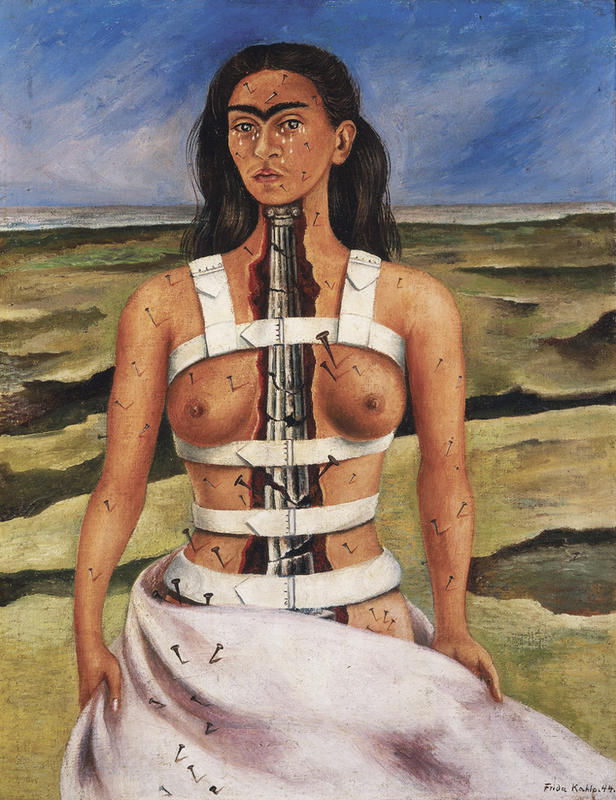
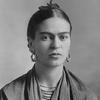
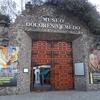
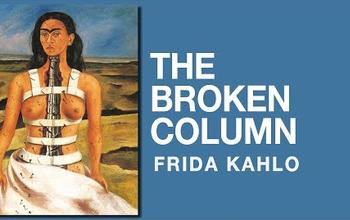
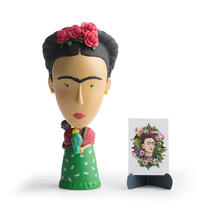
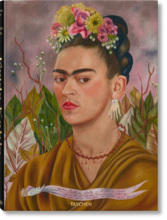
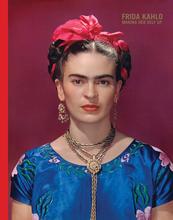











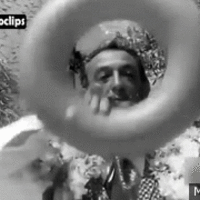
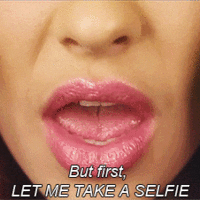
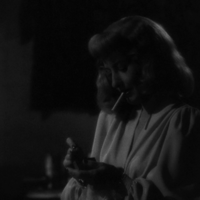
Hey Griff, loved your article!